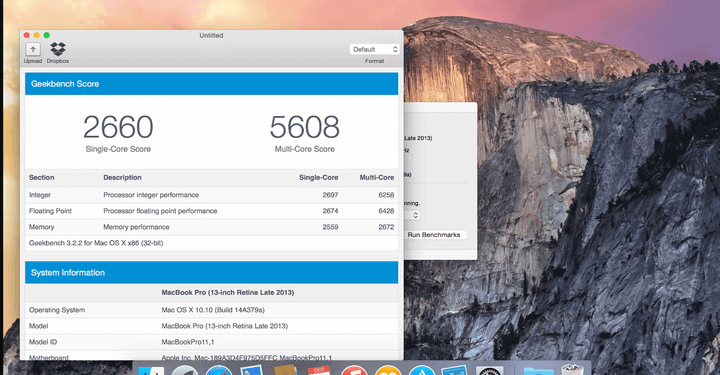Important: Chrome will be removing support for Chrome Apps on all platforms. Chrome browser and the Chrome Web Store will continue to support extensions. Read the announcement and learn more about migrating your app.
- How To Make Your Own App
- How To Build A Web App
- How To Make Web Apps On Mac Os
- How To Make Web Apps On Macbook

This tutorial walks you through creating your first Chrome App.Chrome Apps are structured similarly to extensionsso current developers will recognize the manifest and packaging methods.When you're done,you'll just need to produce a zip file of your code and assetsin order to publish your app.
A Chrome App contains these components:

How To Make Your Own App
- The manifest tells Chrome about your app, what it is, how to launch it and the extra permissions that it requires.
- The background script is used to create the event page responsible for managing the app life cycle.
- All code must be included in the Chrome App package. This includes HTML, JS, CSS and Native Client modules.
- All icons and other assets must be included in the package as well.
API Samples: Want to play with the code?Check out thehello-worldsample.

Windows, Mac: You probably have a few websites that you use all the time—perhaps a special CMS you need for work, a time-tracking site you use to track and bill hours for clients, or a web game. View and sort data online, using any device, in an Access web app—even if you don’t have Access. The fastest way to get started is by using a template. Create an Access web app from a template. When you select a template, Access assembles an app that contains the tables you probably would have added yourself if you had started from scratch. How to Create an App with Epichrome. Head over to the project’s Github page and download the latest version. The app is basically a step-by-step installer for turning a website into an app. Here’s how it works. Launch Epichrome and click “OK” to start the process.
Step 1: Create the manifest
First create your manifest.json file(Formats: Manifest Filesdescribes this manifest in detail):
Important:Chrome Apps must usemanifest version 2.
Step 2: Create the background script
Next create a new file called background.jswith the following content:
In the above sample code,the onLaunched eventwill be fired when the user starts the app.It then immediately opens a window for the app of the specified width and height.Your background script may contain additional listeners,windows, post messages, and launch data,all of which are used by the event page to manage the app.
Step 3: Create a window page
Create your window.html file:
Step 4: Create the icons
Copy these icons to your app folder:
Step 5: Launch your app
Enable flags
Many of the Chrome Apps APIs are still experimental,so you should enable experimental APIsso that you can try them out:
- Go to chrome://flags.
- Find 'Experimental Extension APIs', and click its 'Enable' link.
- Restart Chrome.
Load your app
To load your app,bring up the apps and extensions management pageby clicking the settings iconand choosing Tools > Extensions.
Make sure the Developer modecheckbox has been selected.
Click the Load unpacked extension button,navigate to your app's folderand click OK.
Open new tab and launch
How To Build A Web App
Once you've loaded your app,open a New Tab pageand click on your new app icon.
How To Make Web Apps On Mac Os
Or, load and launch from command line
These command line options to Chrome may help you iterate:
--load-and-launch-app=/path/to/app/installs the unpacked application from the given path, and launches it. If the application is already running it is reloaded with the updated content.--app-id=ajjhbohkjpincjgiieeomimlgnlllaunches an app already loaded into Chrome. It does not restart any previously running app, but it does launch the new app with any updated content.